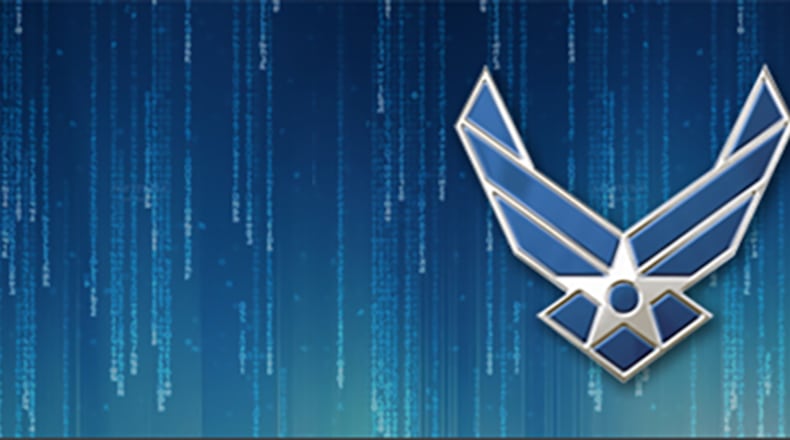The AFMC Digital Campaign Line of Effort #4 focuses on policies and guidance during the total life cycle of a process, not just for engineering, but for all Air Force acquisition activity. This is accomplished by determining what policy changes and guidance best facilitate the delivery of the tools Airmen need to do their job in a digital manner.
“This line of effort focuses on enhancing the Air Force’s digital transformation through advocating supportive changes, as necessary to statutes, regulations, policies and other guidance documents critical to the campaign’s success,” said Thomas Doyon, director, Air Force Materiel Command Law Office and the Air Force Acquisition Digital Campaign Line of Effort #4 (Policies and Guidance) champion.
This line of effort has three objectives.
The first objective requires evaluation of the policy and guidance “ecosystem,” which includes applicable statutes, regulations, policy letters and other guidance documents to determine whether there were any roadblocks or obstacles to the Air Force’s digital transformation.
An evaluation of this ‘ecosystem’ consists of a comprehensive review of documentation to see if any could be re-drafted or changed to better support future digital initiatives. During this effort, more than 300 documents were reviewed.
No roadblocks or major obstacles became apparent during the review, but rewriting documents continues to be an option if obstructions to transformation are found in policy language during future team evaluations.
Objective two partners subject matter experts within the policies and guidance line of effort with those of the other five efforts in the digital campaign to identify whether other procedural changes are needed.
“The key to successfully enhancing policy support for the digital transformation is effective communication with stakeholders, from DOD-level offices, to other service’s efforts, to Air Staff offices and industry partners,” said Doyon.
Objective three evaluates various programs to identify those to be designated as pilots for digital transformation. The objective was met when programs were selected, but LOE #4 experts continue to interact with the designated pilots, such as the modeling and simulation guidelines effort, to track change progress.
The policy and guidance “ecosystem” continues to evolve.
Successes have occurred by making changes in various policies. The new modeling and simulation policy directive released recently is one example.
Line of effort #4 experts also work closely with industry to find common goals and interests in the area of technical data rights. Data is critical to any digital transformation, as interaction with industry within an integrated digital environment presents challenges in both protecting industry’s proprietary data and ensuring government interests are protected.
“The line of effort’s work in the area of technical data rights is critical for the future. Data rights is where the ‘rubber meets the road’ in three Air Force focus areas: speed with discipline, incentivizing innovation, and reducing vendor lock in weapons system sustainment,” said Doyon.
This conversation is ongoing, as highlighted by a virtual workshop on data rights hosted by the LOE #4 team Oct. 14. More than 200 senior government and industry attendees worked through the issue of “Data Rights in the Digital Future.” Questions surrounding data rights and the quest for answers are long-term.
The “right look” for a digital campaign in the process of vital transformation is thought to include a set of statutes, regulations, policy letters, and other guidance documents that fully support, encourage, and push forward the Air Force’s move into a digital future.
“A digital future is absolutely critical to the agility required in our current efforts to ensure the right capabilities get to the warfighter much more quickly in a potential near-peer conflict,” said Doyon.
For more information on current Digital Campaign efforts, internal Air Force audiences can visit the Digital Guide team site for tools and models. The team also hosts a public version of the Digital Guide for industry and academia to access at https://wss.apan.org/af/aflcmc.
About the Author
